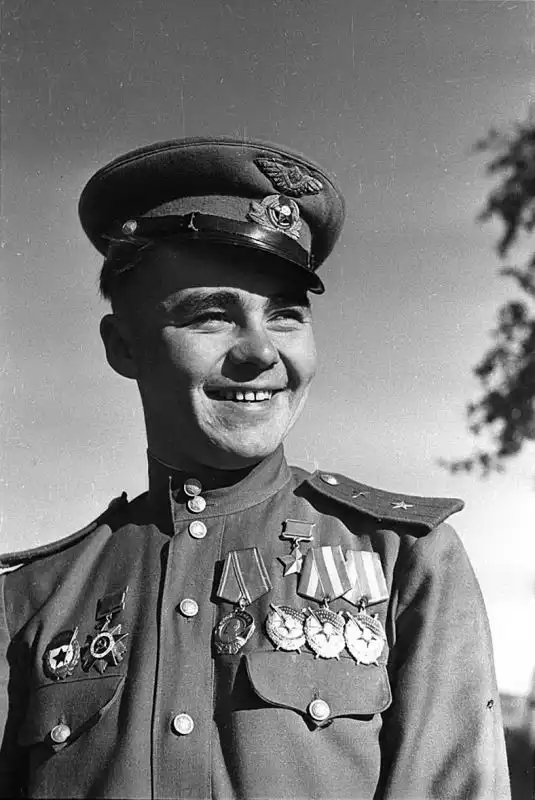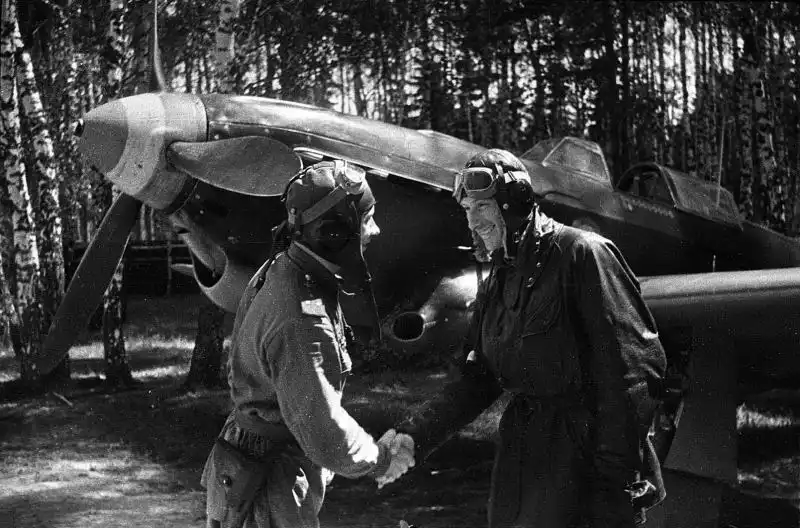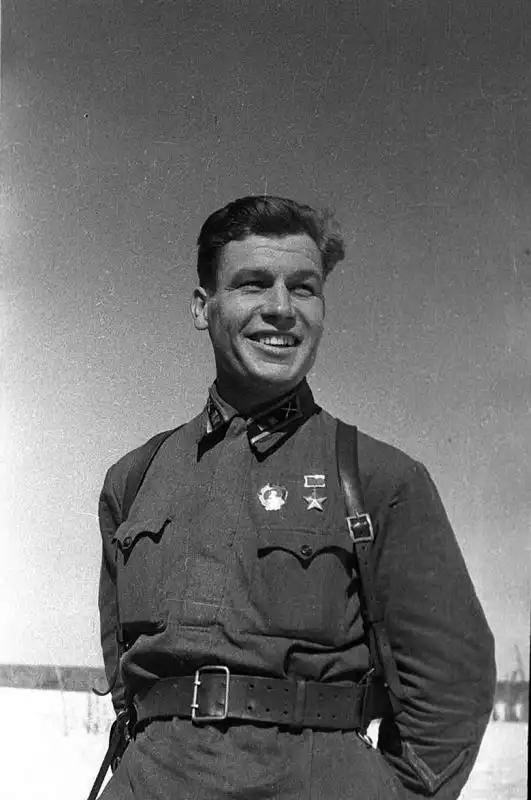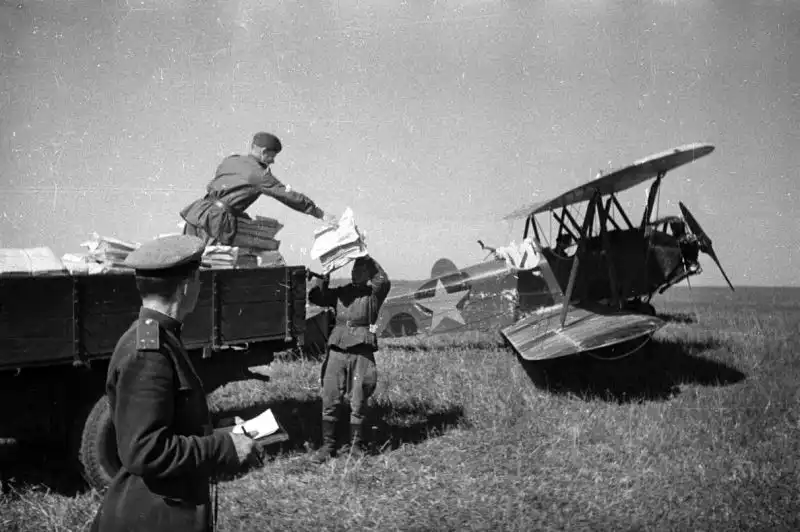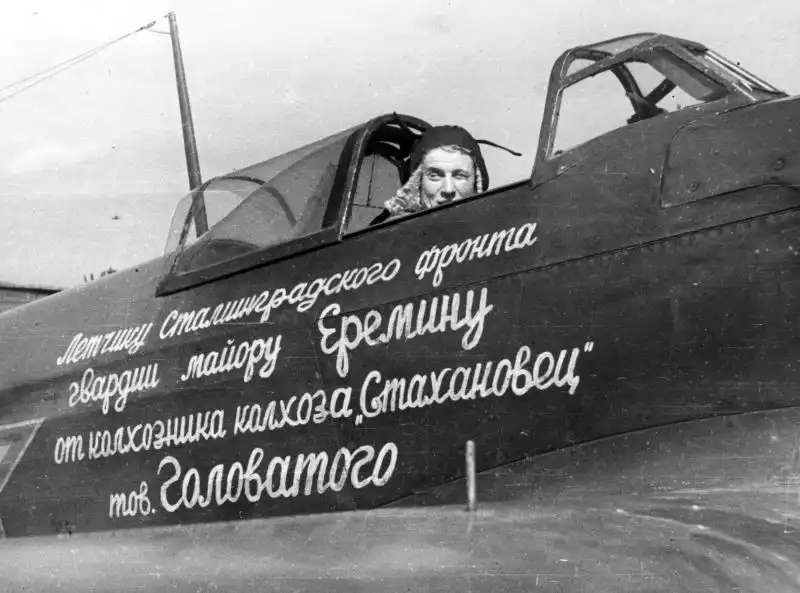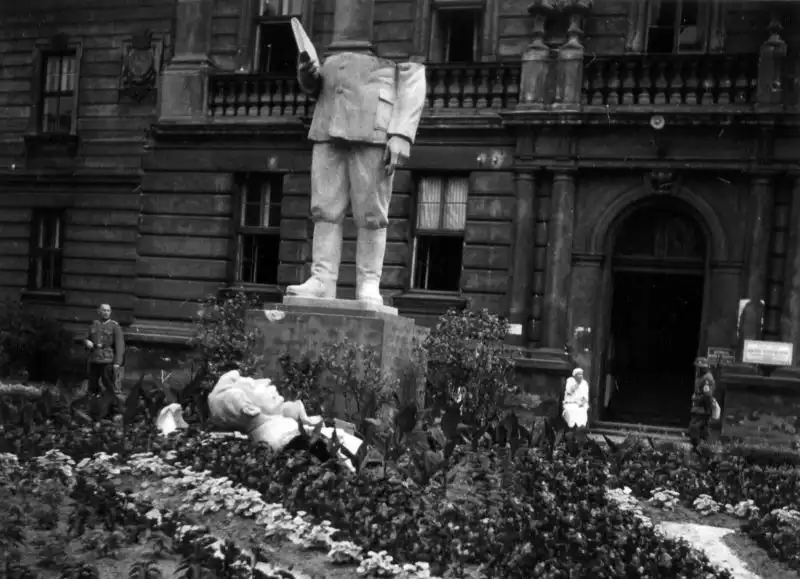Luftwaffe Night Raid on Moscow: July 26, 1941, by Margaret Bourke-White
August 10, 2025 - Reading time: 3 minutes
A dramatic night photo by Margaret Bourke-White shows the Luftwaffe’s July 26, 1941, air raid on Moscow, with anti-aircraft fire and flares over the Kremlin and Moscow River.
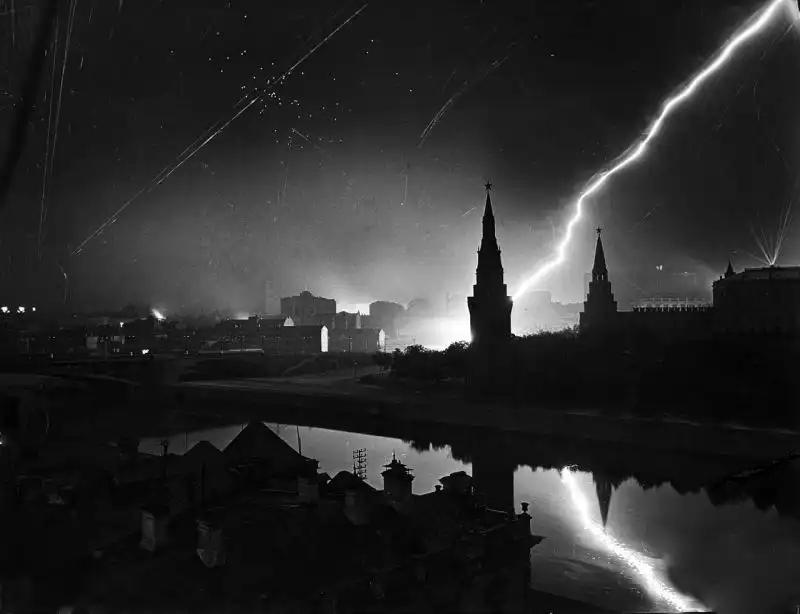
This historic nighttime photograph, taken on July 26, 1941, by renowned Life magazine photojournalist Margaret Bourke-White, captures the Luftwaffe’s aerial assault on Moscow during the early phase of Operation Barbarossa. The image presents a striking view of the Moscow River, the Kremlin embankment, the Bolshoy Kamenny Bridge, and the Kremlin’s Vodovzvodnaya and Borovitskaya Towers.
In the night sky, thin, glowing trails mark the defensive fire of Soviet anti-aircraft guns, while the thicker, bright arc represents German illumination flares dropped on parachutes to expose ground targets for bombing runs. Due to the long exposure time, the light trails merge into continuous lines, creating a haunting visual record of the battle between attackers and defenders.
The July raids on Moscow were part of the Luftwaffe’s strategic bombing campaign intended to damage Soviet infrastructure, demoralize the civilian population, and disrupt government operations. Despite the intensity of these air raids, Moscow’s air defenses, including anti-aircraft artillery and searchlight units, successfully limited damage to key targets during the summer of 1941.
Margaret Bourke-White’s photograph stands as both a work of wartime reportage and a testament to the resilience of Moscow’s defenders. Her ability to merge documentary accuracy with artistic composition has made this image one of the most iconic visual records of the capital under attack during World War II.
Technical photo data:
📝 Source of information: Archival records, Life magazine archives
📍 Location: Moscow, USSR
📅 Date of photo: July 26, 1941
📷 Photographer: Margaret Bourke-White (USA)
Luftwaffe Moscow raid
Margaret Bourke-White WWII
Moscow air raid 1941
Operation Barbarossa Moscow
German bombing of Moscow
WWII night photography
Kremlin under attack
Soviet anti-aircraft defense
Illumination flares WWII
Eastern Front air war
Tags
Category
Search
Categories
- Unidentified WWII Photos (14)
- World War II Photos 1937 (1)
- World War II Photos 1938 (1)
- World War II Photos 1939 (3)
- World War II Photos 1940 (5)
- World War II Photos 1941 (103)
- World War II Photos 1942 (60)
- World War II Photos 1943 (55)
- World War II Photos 1944 (77)
- World War II Photos 1945 (43)
- WWII and Postwar Photos 1946 (1)
